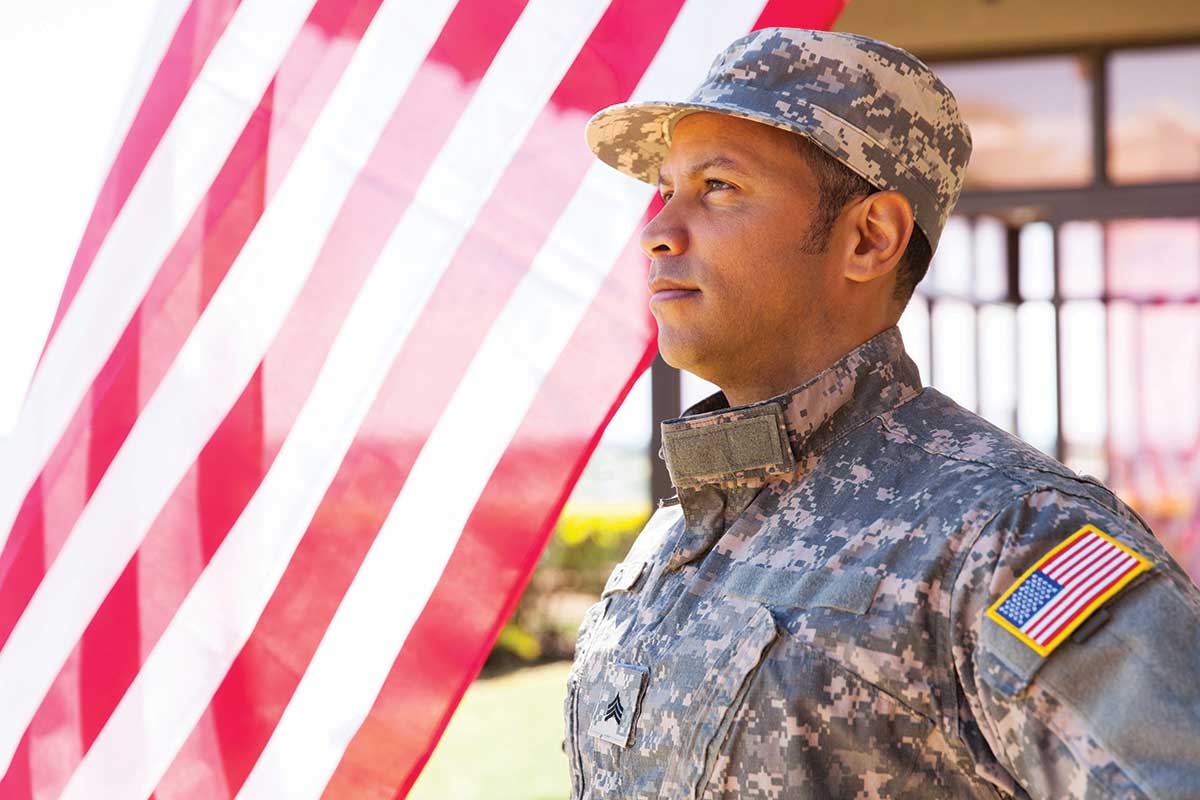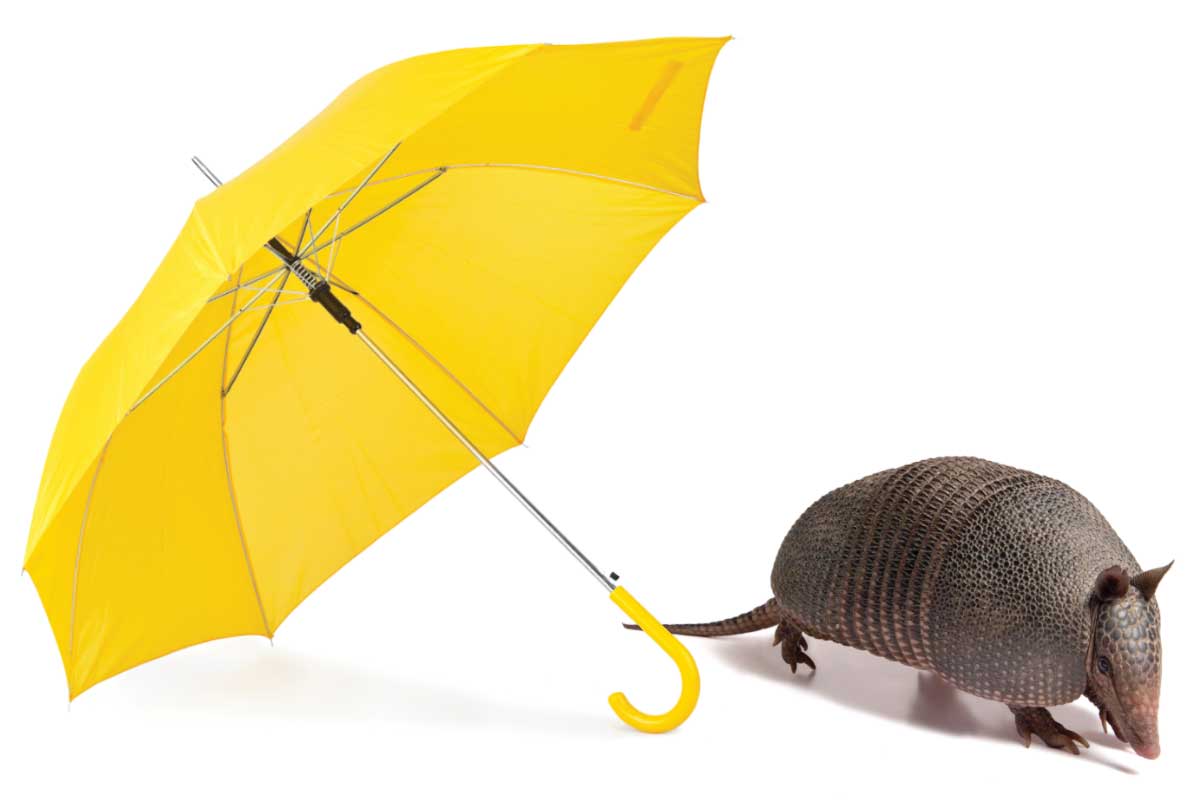’Dillo Day
The folks in Bee Cave, just west of Austin, don’t pay much attention to Punxsutawney Phil on Groundhog Day. Instead, they rely on an armadillo named Bee Cave Bob on February 2 to prognosticate the arrival of spring. Bob has served the role since 2012.
Twosday
February flaunts a special Tuesday this year with a rare numerical alignment: 2/22/22. And twice that day, at 2:22, deuces are really wild.
(If you insist on using the 24-hour clock, the second instance of twos aligning that day will be 22:22.)
Going Green
The nation’s electric co-ops have deployed enough wind and solar power capacity to serve nearly 2.7 million homes.
50 Years of Easy Joe
Mr. Coffee, the first automatic drip machine for home use, started making it a little easier to get going in the morning in 1972.

Texas A&M professor Jaime Grunlan hopes to extend nanocoating technology beyond military apparel to other areas that could benefit from protective clothing, such as children’s sleepwear or oil field uniforms.
Michael Jung | Shutterstock.com
Best Dressed
A Texas A&M University professor has developed water-based nanocoatings that, when added to military uniforms, protect against fire and UV light and change color in the presence of certain chemicals.
The softness of cotton and the strength of nylon are typically compromised when a protective property is added, but Jaime Grunlan has come up with a nontoxic solution that can add protection without changing the structure of the fabric. He hopes this technology can also benefit nonmilitary protective clothing.
Riding the Radio Wave
President Warren Harding made history 100 years ago when he installed the first radio in the White House.
Navy “wireless” experts installed the radio on a bookcase near Harding’s desk in a second-floor library February 8, 1922. Its antenna ran from the White House roof to a tall tree on the south lawn. Harding was able to pick up stations from as far away as Hawaii and Panama.
Shots in a Snap
It’s only in the past 75 years that people could take a picture and see the snapshot almost immediately.
Inventor Edwin Land, founder of the Polaroid Corporation, revealed his Polaroid Land camera February 21, 1947. His camera compressed the components of a conventional darkroom into a single film unit, producing prints in about a minute.
Polaroid released 57 of the cameras in 1948 at a Boston department store. They sold out in minutes.
The Polaroid Land remained in production until 1983.


